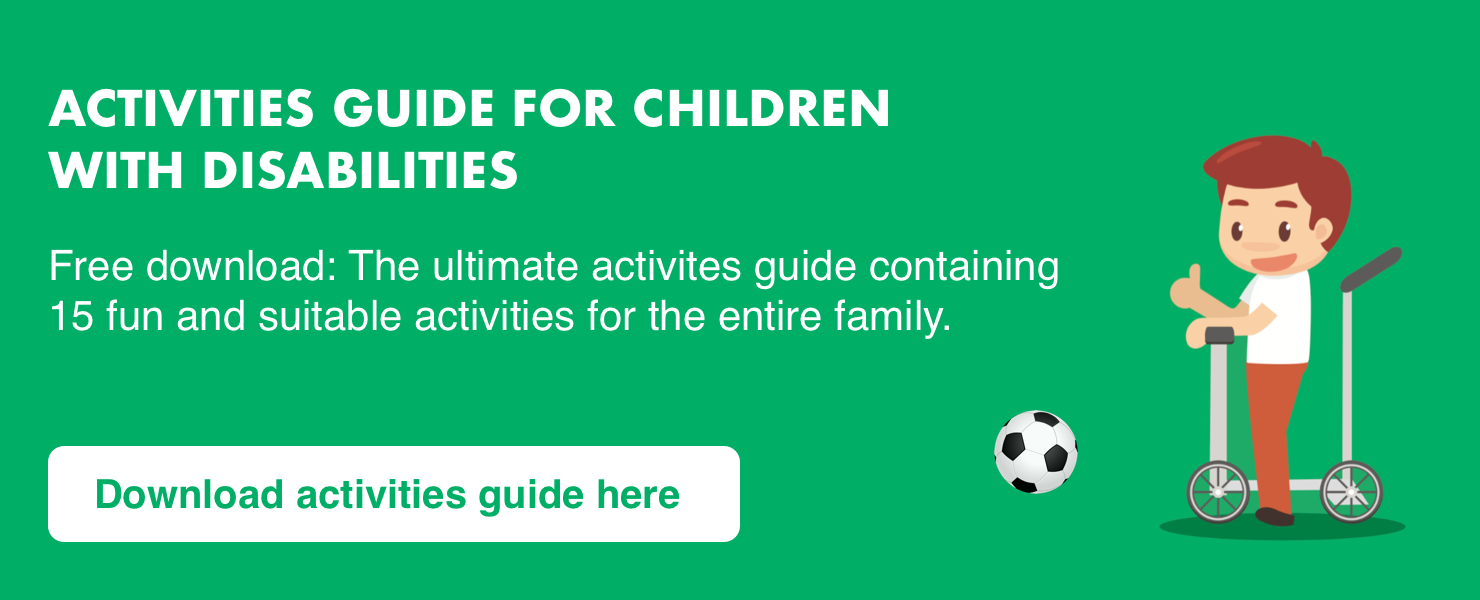
Music plays a big part in most people’s lives. It can be relaxing, spark certain feelings and increase quality of life. For people with disabilities, music has several advantages and can help to develop mental, physical and social abilities.
What is music therapy?
Music therapy is an evidence-based use of music to establish a therapeutical relationship between an individual and his or her therapist.
Through the therapy, the child and the therapist are trying to accomplish a set of individualised goals. These goals can vary from person to person, but are usually tied to creating positive changes in behaviour and emotional well-being.
For some kids with disabilities, communication can be challenging and difficult, which can lead to feeling isolated. Music therapy is a chance to not only develop one’s abilities, but also a way of experiencing a real connection with another human being. In many ways, it allows the child to be seen and acknowledged.
Unlike music training and classes, the goal is not necessarily to emerge from the therapy with higher musical talent, but rather to meet the goals set – which can be everything from increasing one's self-esteem, to developing a set of social skills.
YOU MAY ALSO LIKE: What is hydrotherapy?
What does a music therapist do?
Not everyone’s aware of it, but music therapists need to have a degree in music therapy, and will typically work at institutions such as hospitals, rehabilitation centers, clinics, schools and kindergartens.
When choosing goals, techniques and activities, the therapist will have to take the child’s overall health, emotional state, cognitive and social abilities into consideration.
For the therapy to be successful, it’s vital for the therapist to get a musical connection with the child. This happens by trying to find the child’s musical preferences, and make use of musical techniques and activities such as singing, song writing, listening, dancing and playing. These activities can also be organised as group activities, where the children get to interact and have fun together.
YOU MAY ALSO LIKE: 5 fun winter activities for children with cerebral palsy
How can it help children with disabilities?
According to the American Music Therapy Association, music therapy can strengthen and reinforce areas of speech, cognitive abilities, motor coordination and range of motion.
Improvements in speech and language can come from singing along with songs, which can improve a child’s fluency as well as loudness, breathing and pitch. Singing songs can also increase the ability to learn and memorise. In that sense it functions as cognitive training.
In addition, music therapy can be a great way of getting the child to move, thus improving motor coordination and relieving tight muscles.
Last, but not least, music therapy can bring a lot of joy and happiness to a child. Being able to sing, dance and move–essentially being able to express oneself–can be very fulfilling and giving. Considering all the benefits that come with music therapy, it surely is worth considering for your child.

The author worked as Head of Marketing for Made for Movement for 7 years before she pursued other adventures in her own company. Trine Roald has over 20 years of international experience within a variety of industries. As Head of Marketing for Made for Movement she was passionate about communicating stories and know-how featuring possibilities for improving the quality of life among people with severe disabilities.
A recently published article consolidates evidence regarding the use and benefits of supported standing and stepping devices for...
The Innowalk Pro full-body movement trainer has been in daily use at the SRH Fachkrankenhaus Neresheim since June 2022. Learn all...
The studyincludedchildrenwith cerebral palsy GMFCS IV and V showedthatseveral hormonal and inflammatorybiomarkersaredysregulated in...
Hear from us from time to time and learn new things
